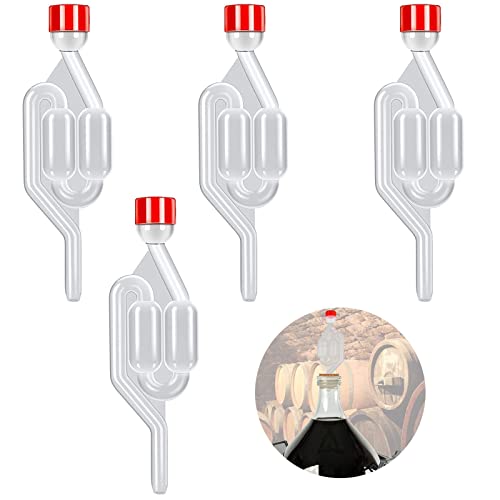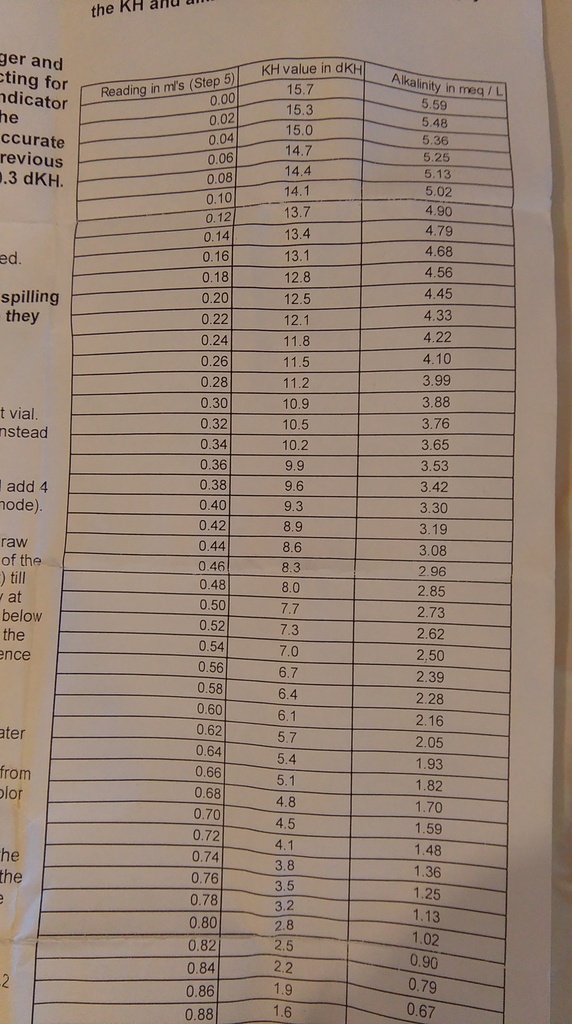Drunkula
Landlord.
- Joined
- Dec 1, 2017
- Messages
- 2,617
- Reaction score
- 2,331
@Gerrylo I'm holding off saying anything because I'm just making sure until the big man comes to town, but your sulphate to chloride ratio is almost 3:1 so you're in the hoppy/bitter territory for your plain water - the levels are low so modifying your water will be dead easy to push to the malty side with calcium chloride or go mad hoppy with gypsum. It would be good to know your actual alkalinity if you want to do mash acidification and you could just email your water people for that - that's what I did. But it looks like you're in a great starting place with water you can build up from.
My water is really close to yours and tonight I got some calcium chloride for the first time and made up a solution and got it blind added to my beers already brewed - post fermentation - then split between glasses. I picked the right one every time - the chloride makes things more malty / less bitter. I don't actually know the ratio change but my water is exactly 2:1 sulphate to chloride and I picked a few balanced beers that weren't hop or dark monsters for the test. One of them almost tasted like flat coke with the addition, but with chocolate. A beer I'd classed as a 4/10 became almost cask like and was nice and a 7/10.
I was wowed by what my first delve into water adjustment can bring, even post-carbonation and know this isn't something just for all grain brewers, or extract brewers, or kit brewers, but for everyone.
It's one of those things that seems scary at first because it's an extra step but it's really not that huge - though most articles out there make it seem like it is.
The flavour changes just from the splits with calcium chloride tonight have excited me as much as different yeasts Unless you're a freak (me) and want to fix things 'in post' for every bottle then it's a bit daft, but maybe if you tasted as you were kegging or bottling you could adjust during that.... and that's what my next batch is going to do.
If anyone has already done this link it up.
And I haven't even got any gypsum yet!
My water is really close to yours and tonight I got some calcium chloride for the first time and made up a solution and got it blind added to my beers already brewed - post fermentation - then split between glasses. I picked the right one every time - the chloride makes things more malty / less bitter. I don't actually know the ratio change but my water is exactly 2:1 sulphate to chloride and I picked a few balanced beers that weren't hop or dark monsters for the test. One of them almost tasted like flat coke with the addition, but with chocolate. A beer I'd classed as a 4/10 became almost cask like and was nice and a 7/10.
I was wowed by what my first delve into water adjustment can bring, even post-carbonation and know this isn't something just for all grain brewers, or extract brewers, or kit brewers, but for everyone.
It's one of those things that seems scary at first because it's an extra step but it's really not that huge - though most articles out there make it seem like it is.
The flavour changes just from the splits with calcium chloride tonight have excited me as much as different yeasts Unless you're a freak (me) and want to fix things 'in post' for every bottle then it's a bit daft, but maybe if you tasted as you were kegging or bottling you could adjust during that.... and that's what my next batch is going to do.
If anyone has already done this link it up.
And I haven't even got any gypsum yet!

















![BREWING THERMOMETER STICKERS ACCURATELY MONITOR FERMENTING BEER & WINE LIQUID TEMPERATURES 5PCS HOME BREW SPIRITS WINE LCD ADHESIVE [US]](https://m.media-amazon.com/images/I/311DDjo2X3L._SL500_.jpg)

























